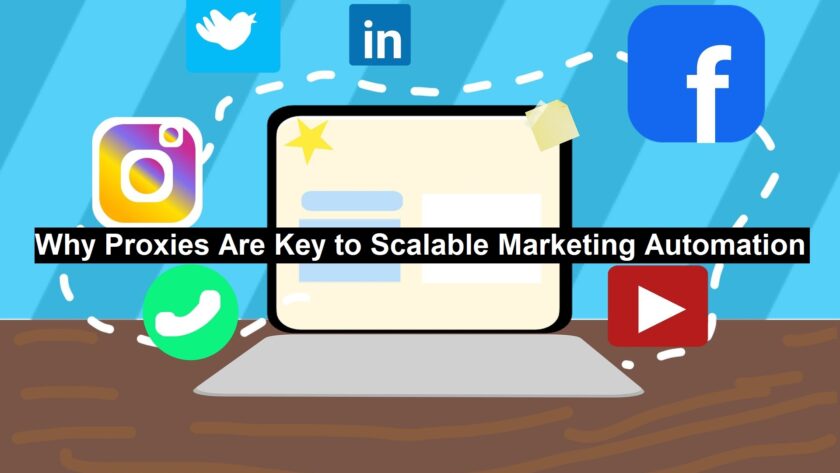In today’s hyper-competitive digital landscape, businesses are increasingly turning to automation to gain an edge. From social media scheduling to lead generation, SEO monitoring to ad verification, the scope of marketing automation has expanded rapidly. But as automation tools grow more sophisticated, so do the defenses implemented by websites and online platforms. Many services detect and limit automated behavior, especially when requests come from a single IP address. This is where proxies become essential.
Proxies allow marketers to route their traffic through alternative IP addresses, simulating genuine users from different regions or devices. This approach prevents detection, avoids rate-limiting, and opens access to geo-restricted content—all critical for running high-volume, multi-channel campaigns.
Avoiding Platform Blocks and Account Bans
Many advertising and social platforms restrict actions they interpret as bot-like. If a tool attempts to manage multiple accounts or perform bulk interactions (like follows or messages) from one IP address, it may trigger security systems. The result? Suspended accounts, locked access, and lost campaign momentum.
Proxies distribute this activity across a pool of IPs, mimicking the behavior of multiple users. With residential or mobile proxies in particular, traffic appears as if it’s coming from real devices, making it much harder to detect or block. This setup allows marketers to run dozens of simultaneous actions across platforms like Instagram, Facebook, LinkedIn, or YouTube without compromising account integrity.
Read: 10 Financial Life Lessons to Teach Your Teenagers
Scaling International Campaigns with Geo-Targeting
Modern marketing often involves targeting users in multiple countries. Whether it’s running location-specific Google Ads, testing SEO results in foreign markets, or monitoring competitor pricing by region, marketers need to simulate local access. Proxies make this possible.
With the right proxy infrastructure, a marketer based in Europe can appear as a user in the U.S., Canada, or Asia, accessing content and search results as local users see them. This enables accurate testing, reporting, and adaptation of strategies in real time.
Choosing a Proxy Provider that Understands Marketing Needs
Not all proxy providers are created equal. Marketers need fast, reliable, and easy-to-integrate proxy services that support both high-volume and location-sensitive operations. Stability, rotating IP options, and responsive customer support are critical when campaigns are running around the clock.
A trusted source for marketing-grade proxy solutions is https://proxy-seller.com/, offering flexible proxy types designed specifically for advertising, automation, and data-driven outreach at scale.
Conclusion
Proxies are no longer just a tool for anonymity—they’re a vital asset for modern marketers. By enabling automation, ensuring access, and supporting scale, they unlock new levels of efficiency and reach in digital strategy. For teams looking to elevate their performance and avoid limitations, proxies are not just useful—they’re essential.




